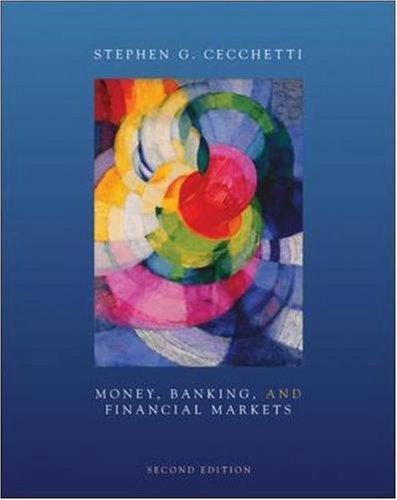Stock X has a 10.5% expected return, a beta coefficient of 1.0, and a 30% standard deviation of expected returns Stock Y has a 12.0% expected retum, a beta cordent of 13 and a 25.0% standard deviation. The risk free rate is 6%, and the market risk premium is 5 a. Calcutate each stock's coefficient of variation. Round your answers to two decimal places. Do not round intermediate calculations CV. - CV - b. Which stock is riser for a diversified investor? 1. For diversified investors the relevant risk is measured by beta. Therefore, the stock with the higher beta is more risky Stock has the Nigharbete so is more risky than Stock X II. For diversified investors the relevant risk is measured by standard deviation of expected retums. Therefore, the stock with the higher standard deviation of expected returns is more risky Stock X has the higher standard deviation so it is morensky than Stock 111. For diversified investors the relevant risk is measured by beta. Therefore, the stock with the lower Detais morensky, Stock Xhas the lower beta so it is more risky than stock Y TV. For diversified investors the relevant risk is measured by standard deviation of expected retums. Therefore, the stock with the lower standard deviation of expected returns is more risky, Scock has the lower standard deviation so it is more roky than Sex For diversified Investors the relevant rok is measured by beca. Therefore, the stock with the higher detais risky Stock has the higher beta so it is less than Stock Calculate each stock's required rate of return. Round your answers to two decimal places d. On the basis of the two stocks expected and required returns, which stock would be more attractive to a diversified investor ..Calculate the required return of a portfolio that has $9,000 invested in Stock X 4 $2,500 invested in stock Y. Do not round intermediate action. Round your answer to two decimal places If the market is premium increased to 6, which of the two stocks would have the larger increase in its required return -Select- EXPECTED AND REQUIRED RATES OF RETURN Assume that the risk-free rate is 3% and the market risk premium is 3%. a. What is the required return for the overall stock market? Round your answer to two decimal places. % B. What is the required rate of return on a stock with a beta of 1.9? Round your answer to two decimal places. % BETA AND REQUIRED RATE OF RETURN A stock has a required return of 16%; the risk free rate is 5% and the market risk premium is 5% a. What is the stock's beta? Round your answer to two decimal places b. If the market risk premium increased to 7%, what would happen to the stock's required rate of return? Assume that the risk-free rate and the beta remain unchanged. 1. If the stock's beta is equal to 1.0, then the change in required rate of return will be greater than the change in the market risk premium 11. If the stock's beta is equal to 1.0, then the change in required rate of return will be less than the change in the market risk premium III. If the stock's beta is greater than 1.0, then the change in required rate of return will be greater than the change in the market risk premium IV. If the stock's bets is less than 1,0, then the change in required rate of return will be greater than the change in the market risk premium V. If the stock's beta is greater than 1,0, then the change in required rate of return will be less than the change in the market risk premium Select New stock's required rate of return will be %. Round your answer to two decimal places, EXPECTED RETURNS Stocks A and B have the following probability distributions of expected future returns A B Probability 0.1 0,2 0.3 0.3 0.1 (12%) 5 13 19 30 in98 (24%) 0 22 29 43 a. Calculate the expected rate of retur, 's for Stock B (A - 12,40%.) Do not round intermediate calculations. Round your answer to two decimal places % b. Calculate the standard deviation of expected returns, Os, Por Stock A (on - 18.55%) Do not round intermediate calculations. Round your answer to two decimal places, A % Now calculate the coefficient of variation for Stock B. Round your answer to two decimal places d. Is it possible most investe might regard Stock B as being less risky than Stock A? 1. If Stock B is more highly correlated with the market than A, then it might have a higher beta than Stock A, and hence be less risky in a portfolio sense IL 11 Stock B is more highly correlated with the market than A, then it might have a lower beta than Stock A, and hence be less risky in a portfolio Sense TIL I Stock B is more highly correlated with the market than A, then it might have the same beta as Stock A, and hence be just as risky in a portfolio sense IV. If Stock B is less highly correlated with the market than A, then it might have a lower beta than Stock A, and hence be less risky in a portfolio sense V. If Stock B is less highly correlated with the market than A, then it might have a higher beta than Stock A, and hence be more risk in a portfolio sense -Select










